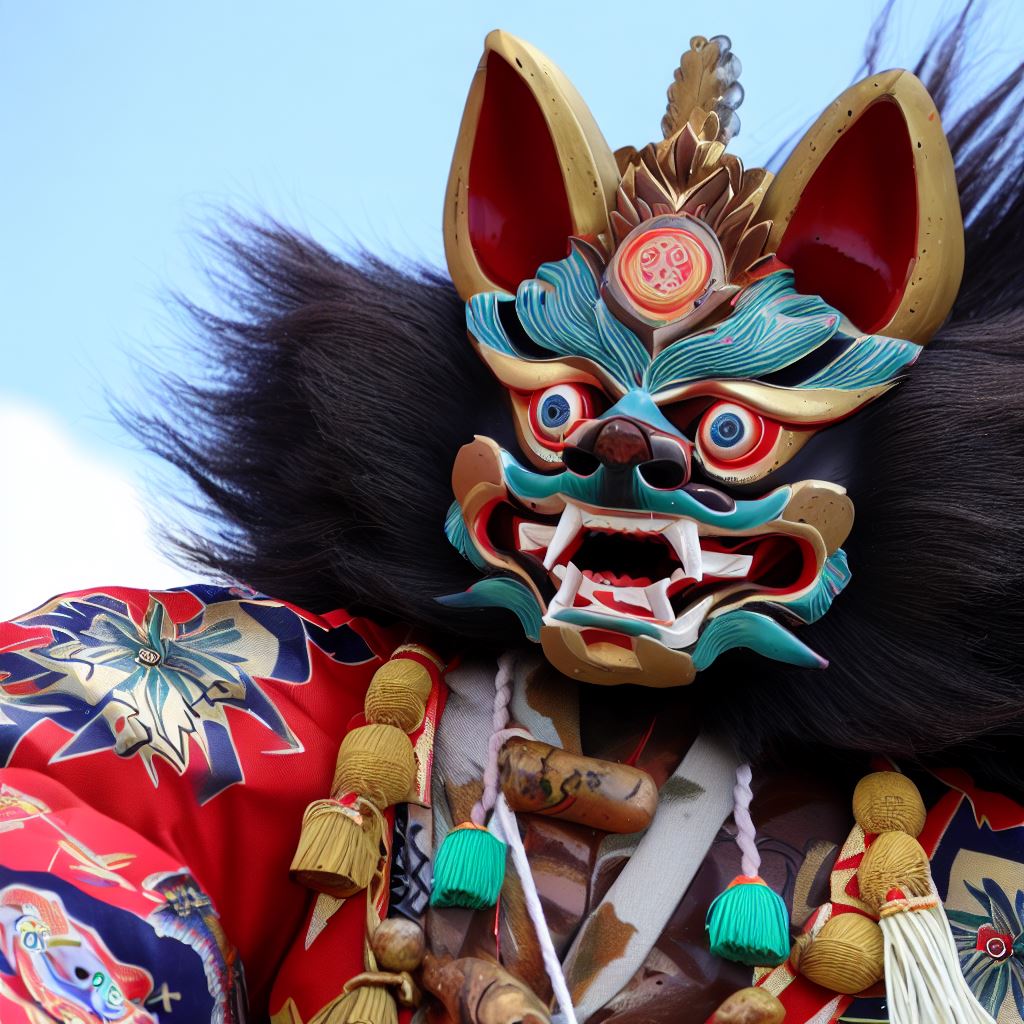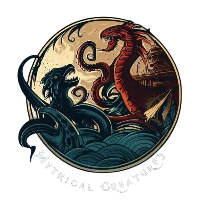
Samebito (鮫人) are a type of Japanese yokai, or supernatural spirit, that appear in folklore and legends across Japan.
Known as “shark people” due to their shark-like appearances, Samebito inhabit bodies of water and are said to have a variety of mystical abilities.
This article will provide an in-depth explainer on these elusive characters of Japanese mysticism – from their origins and purpose, to their abilities, interactions with humans, and modern references in media.
We’ll also answer some frequently asked questions about Samebito to uncover the mysteries around these aquatic yokai.
ads content
What are Samebito?
Definition & Meaning
The word “Samebito” literally translates to “shark people” in Japanese. As the name suggests, these yokai are believed to resemble sharks or human-shark hybrids in their appearance.
Samebito belong to the class of yokai known as ” bakemono” or “changing things” – supernatural monsters and spirits of Japanese folklore that can shapeshift or transform.
Origins & History
The exact origins of Samebito are unclear, but they emerged from the folklore and storytelling traditions of Japan. According to experts on Japanese folklore, Samebito lore likely originated from seafaring communities who spread tales of encountering shark-humanoids in the waters.
Beliefs in water spirits and mystical sea creatures are also tied to the animistic traditions of the ancient Shinto religion in Japan.
Over decades and centuries, the legend of shark people has persisted and expanded across Japanese mythology.
Types of Samebito
There are several variations of Samebito that appear in old tales and legends:
Umibōzu

- Giant black Samebito that capsize ships and drown sailors
- Believed to represent the restless spirits of drowned priests
- Name translates to “sea monk”
Namahage

- Samebito from the Oga Peninsula region of Japan
- Appear during New Year’s rituals to frighten disobedient children
- Known for their bright red skin and wild hair
Kawatarō
- Samebito that lives in Japan’s Tōno river
- Said to grant wishes and fortunes through a ritual exchange of sake
- Portrayed as a young boy with webbed hands and feet
Shachihoko
- Tiger-headed Samebito that adorn rooftops of buildings
- Thought to ward off fires and evil spirits
Other common varieties include the Fukakeshi, Wani and Uwan – all shark/human hybrids of Japanese waters.
Role & Purpose of Samebito
So why were Samebito believed to exist according to Japanese legends?
Explanation of Mysteries
Samebito lore emerged as a way to explain mysterious happenings in the waters – Unexplained disappearances, shipwrecks, storms were attributed to vengeful shark beings.
Cautionary Folklore
Tales of deadly Samebito encounters served as cautionary folklore – warnings against provoking the mystical forces and creatures of the sea.
Representing Untamed Nature
As water spirits, Samebito embodied the unpredictable and dangerous aspects of oceans and rivers. They represent the untamed forces of nature.
Interactions with Humans
There are a variety of myths and legends revolving around human encounters with Samebito:
Omens & Disasters
Spotting a Samebito was thought to be an omen of impending disaster. Fishermen saw them as harbingers of deadly storms and rough waters.
Trickery & Shape-Shifting
Samebito were believed to be capable of shape-shifting to disguise themselves and trick humans. One tale tells of a Samebito who took the form of a beautiful woman to seduce and drown a young man.
Wishes & Blessings
Some benevolent Samebito like the Kawataro were revered for their ability to grant blessings, fortunes and wishes to those who showed them respect. But their gifts often came with a twist.
Abductions & Drownings
More vengeful Samebito were said to pull humans beneath the waves and drown them or use stormy seas to sink ships and kill sailors. Their victims then became watery ghosts (yurei).
Modern Portrayals & References
Samebito continue to appear in various forms in modern Japanese media and pop culture:
Manga & Anime
Popular series like Naruto and One Piece feature shark-inspired characters. Samebito also appear directly in supernatural anime like Tactics and GeGeGe no Kitaro.
Video Games
Games like Animal Crossing and Yo-kai Watch have included Samebito characters. The horror title Samebito uses the yokai in its main story.
Movies
Films like 2020’s Rent-A-Girlfriend feature Samebito characters and lore. Even the Pokemon movie had a Samebito-inspired shark monster.
Frequently Asked Questions
Are Samebito real or just folklore?
There is no scientific evidence for Samebito. They are considered mythical yokai that originated from old folk tales and superstitions. Their characteristics reflect how early seafaring cultures interpreted unexplained ocean phenomena.
Do people in Japan still believe in Samebito?
While belief has diminished, Samebito are still recognized figures in Japanese mystical lore and pop culture. Their legends continue to inspire stories and art in modern Japan.
What happens if you disrespect or anger a Samebito?
The folklore suggests calamities, shipwrecks and even death could result from provoking the wrath of a Samebito. But logically, insulting a mythical shark being would have no effect in reality.
Can you become friends with a Samebito spirit?
In friendlier tales, acts of kindness and respect toward Samebito like the Kawataro allowed some degree of friendship. But attempts to befriend hostile Samebito were ill-advised in most legends.
How did the concept of Samebito originate?
Samebito likely grew out of early seafaring communities’ attempts to explain mysterious ocean phenomena. Beliefs in water spirits combined with discoveries of sharks created the myth of shark people.
Conclusion
The mystical and ominous Samebito remain an integral part of Japan’s storied folklore tradition around yokai and supernatural spirits.
They represent an intriguing intersection of animist beliefs, seafaring lore, and creative storytelling.
While belief in Samebito has faded over time, these elusive shark spirits continue to inspire fresh interpretations and tales in popular media.
Their legacy speaks to the imaginative spirit and rich lore that defines Japan.

